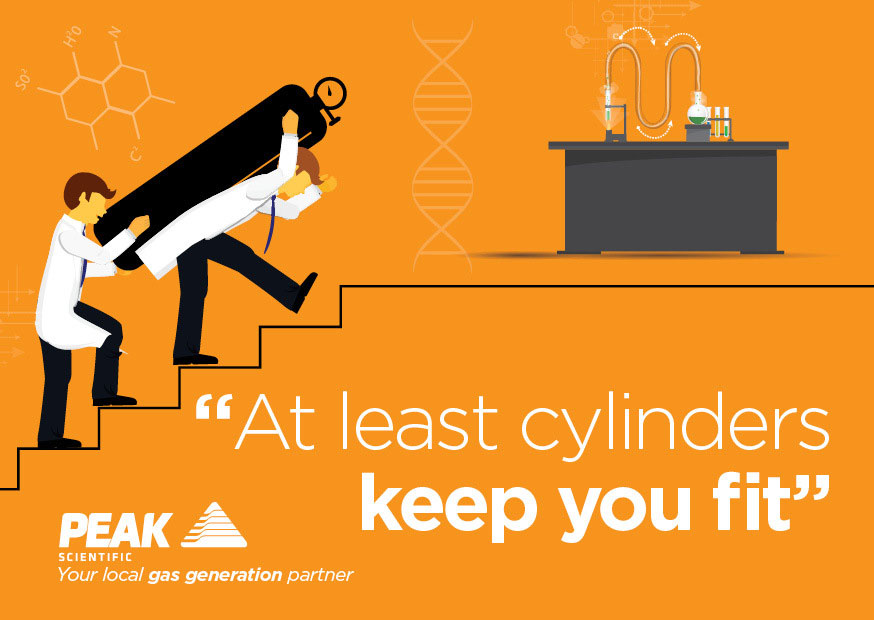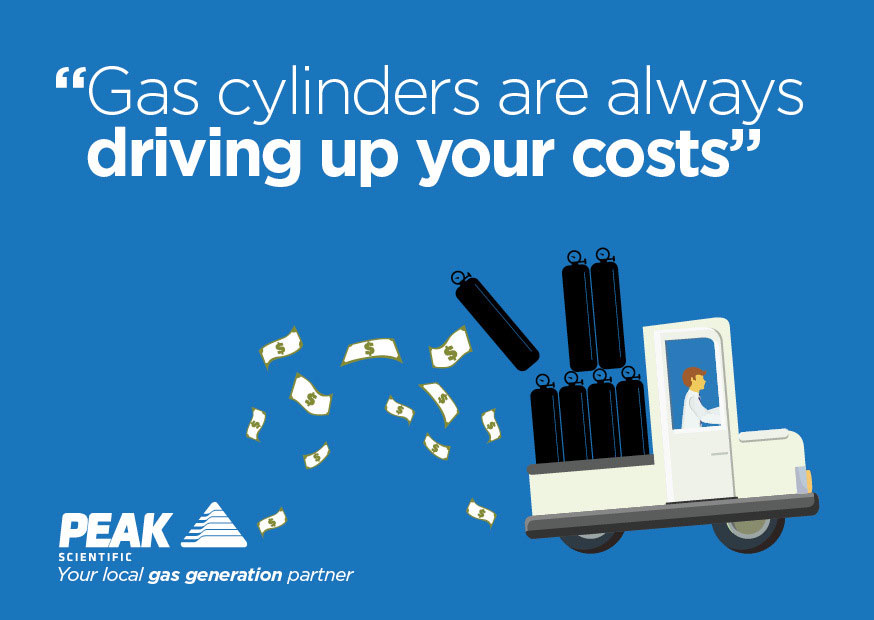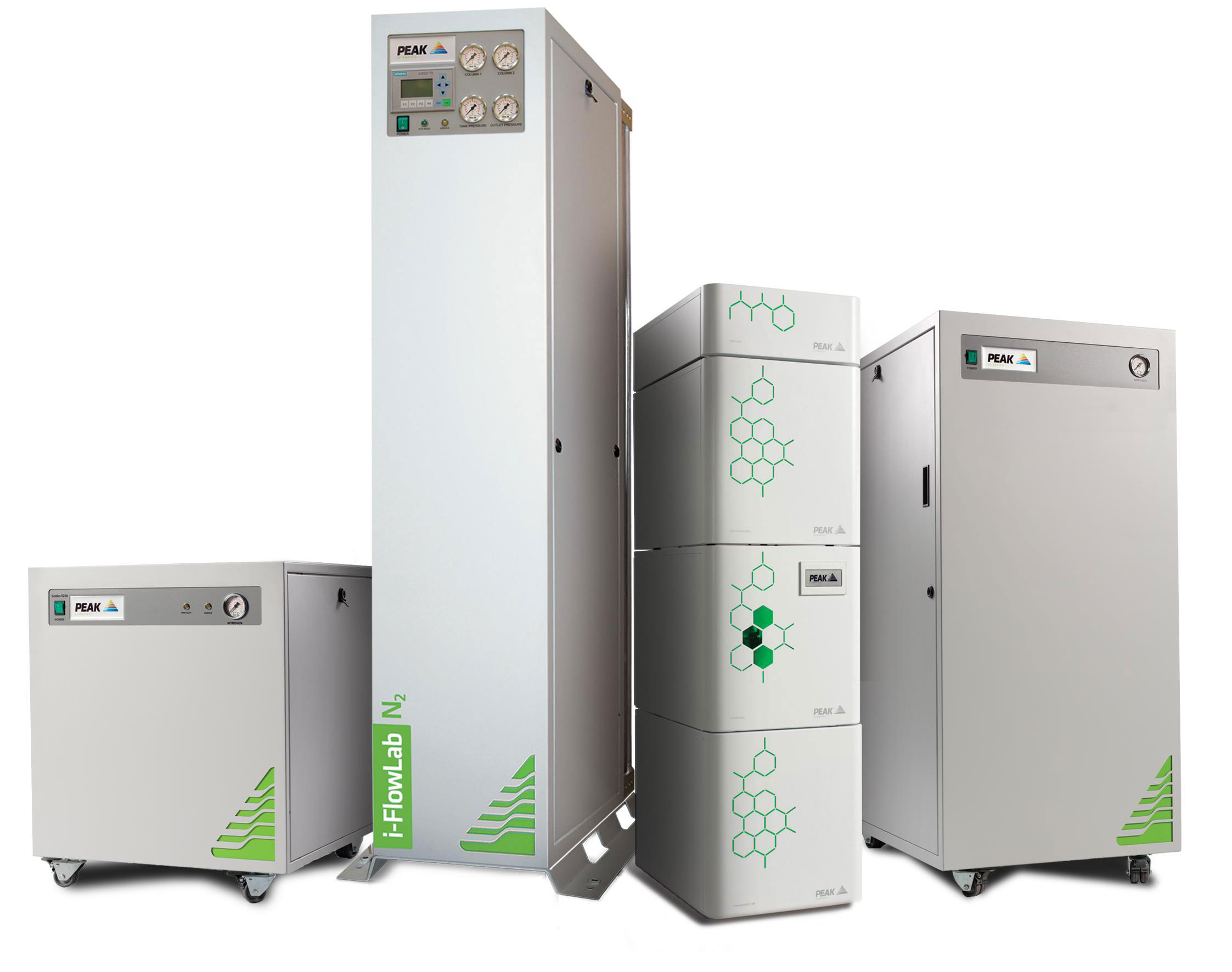How to use cylinders in the lab
Working in the lab can sometimes be dangerous, especially when working with gas cylinders.
There are many gases used in the lab that pose serious security and safety risks, and can even cause explosions. There have been several incidents in laboratories over the last few years, which have resulted in fires and explosions. Often, the reason for this is the large volume of gas contained within cylinders. Here are some safety tips for you to use if you use gas cylinders in your lab:
1. Cylinders should be stored in a cool, dry place away from heat. Flammable cylinders should be stored separately from oxygen cylinders.
2. Be careful when moving the cylinder and removing the cylinder cap.

3. The cylinders in use should be checked once every three years. The cylinders with corrosive gases should be inspected every two years and unqualified cylinders should not be used.
4. Hydrogen cylinders should be placed in a dedicated place away from the laboratory, connected with copper/stainless steel piping into the laboratory and secured to prevent tampering. Pipework should be regularly leak-checked to prevent large leaks of hydrogen.
5. It is best practice not to use the entire contents of the gas cylinder. Normally the last 10% is not used, since this can contain moisture, hydrocarbons and other impurities that can cause contamination of instruments. Pressure within the cylinder prevents air entering the cylinder so it is advisable to ensure the residual pressure never drops below 0.5MP (70 psi).

6. When using cylinder gas, a 2-stage regulator with a pressure relief valve should be used. Flammable gases will require a regulator with left-hand thread. It is important to slowly open and close the pressure regulator and valve. First the cylinder pressure should be checked and then supply to the application should be carefully regulated until the recommended pressure of gas is supplied.
7. When using a high-pressure cylinder, the operator should not stand in a position in front of the cylinder connection to avoid potential injury. Once connected, you should regularly check for leaks and pay attention to pressure gauge readings.
8. Oxygen cylinders or hydrogen cylinders, etc., should be equipped with special regulators, and contact with oil is strictly prohibited. The operator cannot wear certain items of clothing around these cylinders, since they may be flammable and could cause a fire or explosion. For flammable gas and combustion gas cylinders, the storage distance from an open flame should be greater than ten meters. If this is not possible, use isolation and other safety measures.
We hear so many stories about the dangers gas cylinders can cause but remember, there is a safer option available. Try a gas generator from Peak Scientific, and eliminate heavy manual handling, the risk of explosions and/or fires and instead safeguard your gas supply with stable purity and flow rate of a Peak gas generator.

Finally, we hope that after reading our quick safety tips you will feel safer when using gas in your lab. If gas cylinders are no longer for you, contact Peak today, and we will put you in touch with one of our trusted and knowledgeable sales representatives, who can give you all the information you need about our market-leading gas generators.